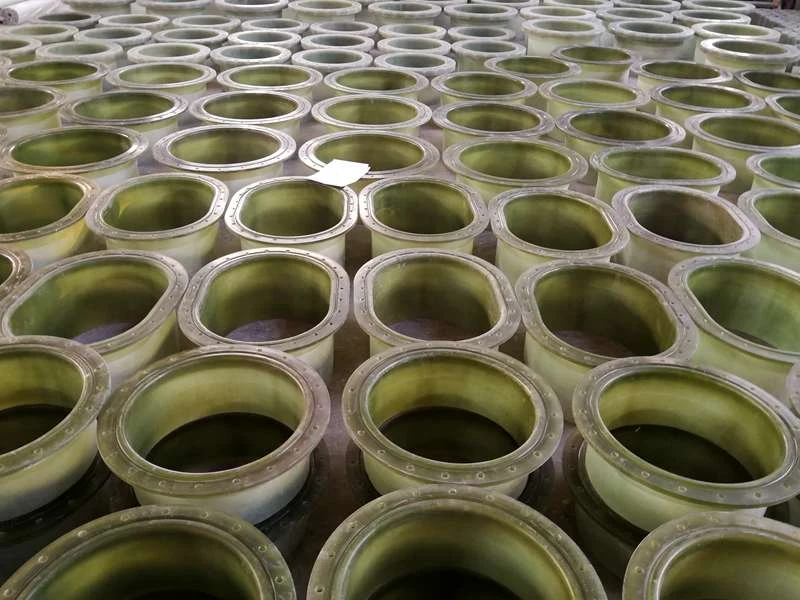
-
 Afrikaans
Afrikaans -
 Albanian
Albanian -
 Amharic
Amharic -
 Arabic
Arabic -
 Armenian
Armenian -
 Azerbaijani
Azerbaijani -
 Basque
Basque -
 Belarusian
Belarusian -
 Bengali
Bengali -
 Bosnian
Bosnian -
 Bulgarian
Bulgarian -
 Catalan
Catalan -
 Cebuano
Cebuano -
 China
China -
 China (Taiwan)
China (Taiwan) -
 Corsican
Corsican -
 Croatian
Croatian -
 Czech
Czech -
 Danish
Danish -
 Dutch
Dutch -
 English
English -
 Esperanto
Esperanto -
 Estonian
Estonian -
 Finnish
Finnish -
 French
French -
 Frisian
Frisian -
 Galician
Galician -
 Georgian
Georgian -
 German
German -
 Greek
Greek -
 Gujarati
Gujarati -
 Haitian Creole
Haitian Creole -
 hausa
hausa -
 hawaiian
hawaiian -
 Hebrew
Hebrew -
 Hindi
Hindi -
 Miao
Miao -
 Hungarian
Hungarian -
 Icelandic
Icelandic -
 igbo
igbo -
 Indonesian
Indonesian -
 irish
irish -
 Italian
Italian -
 Japanese
Japanese -
 Javanese
Javanese -
 Kannada
Kannada -
 kazakh
kazakh -
 Khmer
Khmer -
 Rwandese
Rwandese -
 Korean
Korean -
 Kurdish
Kurdish -
 Kyrgyz
Kyrgyz -
 Lao
Lao -
 Latin
Latin -
 Latvian
Latvian -
 Lithuanian
Lithuanian -
 Luxembourgish
Luxembourgish -
 Macedonian
Macedonian -
 Malgashi
Malgashi -
 Malay
Malay -
 Malayalam
Malayalam -
 Maltese
Maltese -
 Maori
Maori -
 Marathi
Marathi -
 Mongolian
Mongolian -
 Myanmar
Myanmar -
 Nepali
Nepali -
 Norwegian
Norwegian -
 Norwegian
Norwegian -
 Occitan
Occitan -
 Pashto
Pashto -
 Persian
Persian -
 Polish
Polish -
 Portuguese
Portuguese -
 Punjabi
Punjabi -
 Romanian
Romanian -
 Russian
Russian -
 Samoan
Samoan -
 Scottish Gaelic
Scottish Gaelic -
 Serbian
Serbian -
 Sesotho
Sesotho -
 Shona
Shona -
 Sindhi
Sindhi -
 Sinhala
Sinhala -
 Slovak
Slovak -
 Slovenian
Slovenian -
 Somali
Somali -
 Spanish
Spanish -
 Sundanese
Sundanese -
 Swahili
Swahili -
 Swedish
Swedish -
 Tagalog
Tagalog -
 Tajik
Tajik -
 Tamil
Tamil -
 Tatar
Tatar -
 Telugu
Telugu -
 Thai
Thai -
 Turkish
Turkish -
 Turkmen
Turkmen -
 Ukrainian
Ukrainian -
 Urdu
Urdu -
 Uighur
Uighur -
 Uzbek
Uzbek -
 Vietnamese
Vietnamese -
 Welsh
Welsh -
 Bantu
Bantu -
 Yiddish
Yiddish -
 Yoruba
Yoruba -
 Zulu
Zulu
Exploring the Functionality and Applications of FRP Valves in Industrial Settings
Understanding FRP Valves Essential Components for Modern Industries
FRP valves, or Fiber Reinforced Polymer valves, are becoming increasingly vital in various industrial applications due to their unique properties and advantages over traditional materials. As industries evolve, the demand for durable, lightweight, and corrosion-resistant components has surged, placing FRP valves at the forefront of engineering solutions.
What is FRP?
FRP stands for Fiber Reinforced Polymer, a composite material made of a polymer matrix reinforced with fibers. These fibers, often glass or carbon, enhance the mechanical properties of the polymer, making it significantly stronger and more resilient. The result is a material that is not only lightweight but also boasts excellent chemical resistance and durability. This makes FRP particularly useful in environments that are hostile to conventional materials such as metals.
Advantages of FRP Valves
1. Corrosion Resistance One of the standout features of FRP valves is their exceptional resistance to corrosion. Traditional metal valves can easily succumb to rust and degradation when exposed to aggressive chemicals or harsh environmental conditions. In contrast, FRP valves retain their integrity in various chemical environments, making them ideal for industries like chemical processing, wastewater treatment, and marine applications.
2. Lightweight FRP valves weigh significantly less than their metal counterparts. This lightweight property not only simplifies transportation and installation but also reduces the overall load on supporting structures in piping systems, which can lead to cost savings in structural design and maintenance.
3. Low Thermal Conductivity FRP materials exhibit low thermal conductivity, which helps to minimize heat loss or gain in piping systems. This attribute is particularly beneficial in applications requiring temperature-sensitive processes, contributing to energy efficiency.
frp valve

4. Customizability FRP valves can be manufactured to meet specific requirements. They can be molded into various shapes and sizes, allowing for customized designs that fit particular installation needs. This flexibility supports diverse applications across different industries.
5. Reduced Maintenance Costs Due to their durability and resistance to wear and tear, FRP valves require less maintenance than traditional valves. This leads to reduced downtime and lower operational costs, making them a wise investment for businesses looking to maximize efficiency.
Applications of FRP Valves
The versatility of FRP valves means they can be found in various industries. In the chemical industry, they are used for handling corrosive fluids safely. In water treatment facilities, FRP valves help manage the flow of both potable and wastewater with minimal risk of contamination. Additionally, the oil and gas sector employs FRP valves for their capabilities in handling aggressive substances without fear of corrosion or leakage.
Conclusion
As industries continue to evolve, the need for efficient, reliable, and resilient components becomes more critical. FRP valves stand out as a solution that not only meets but exceeds these demands. With their superior corrosion resistance, lightweight nature, and reduced maintenance costs, they offer an attractive alternative for modern industrial applications.
As technology advances, the manufacturing processes for FRP valves are likely to become even more refined, potentially opening up new avenues for their application. Investing in FRP valve technology today may well offer industries the competitive edge needed to thrive in a challenging environment, emphasizing the importance of innovative solutions in achieving operational excellence.
In summary, FRP valves are not just a passing trend; they represent a significant leap forward in valve technology, aligning with the broader objectives of sustainability and efficiency that define modern industrial practices. As more industries recognize these attributes, the adoption of FRP valves is poised to increase, shaping the future of industrial fluid control.









